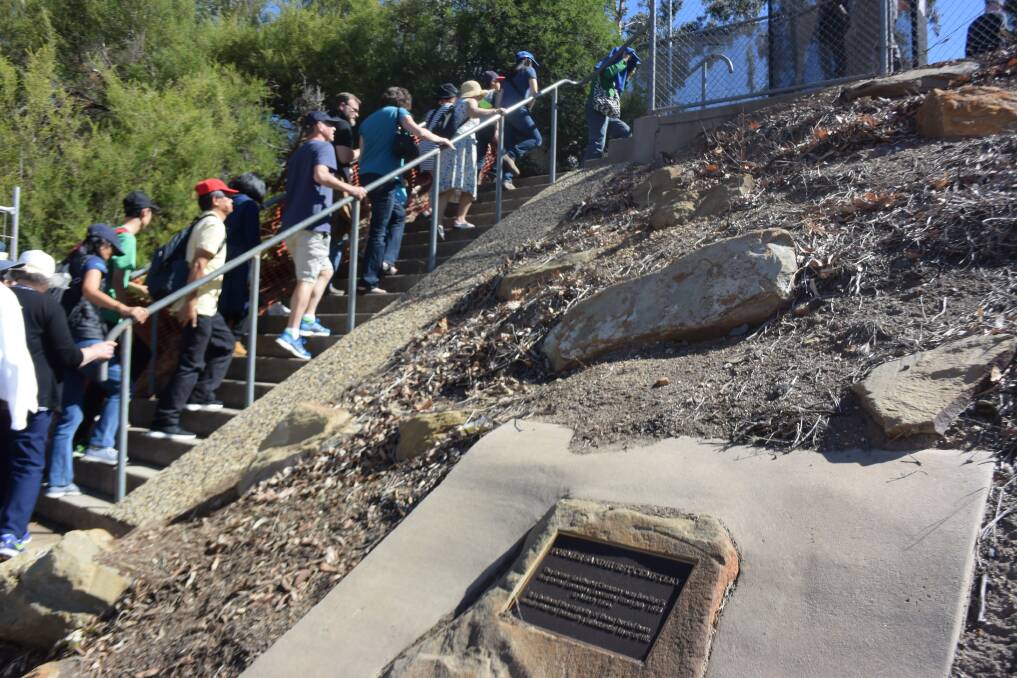
A CHINESE historical walk of Bendigo requires quite a bit of imagination.
Subscribe now for unlimited access.
or signup to continue reading
That is because the vast majority of the city’s built Chinese heritage is no longer there.
The Bendigo Advertiser joined a Golden Dragon Museum historical walking tour with research officer Leigh McKinnon on Friday to find out more about the Chinese heritage which is in some places, quite literally, buried beneath our feet.
A bustling commercial Chinese hub makes way for a car park
The relatively tranquil surrounds of the Dai Gum San precinct is a far cry from the busy Chinese commercial precinct that once inhabited the area.
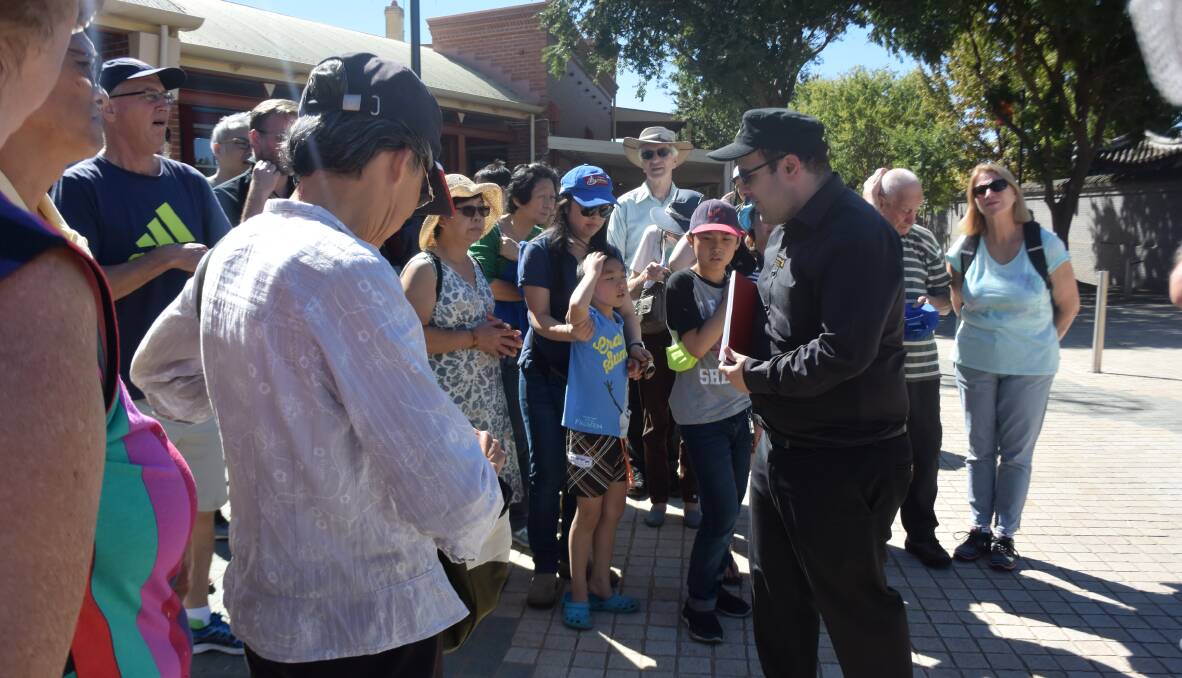
But only one building remains today – the current home of the Bendigo Chinese Association, next door to the museum.
That building has some fascinating features, including windows with depictions of the old Republic of China flag with five horizontal stripes – the red colour at the top represents the Han, the black at the bottom is the Tibetans. Some see the flag as hierarchical and offensive.

So what happened to the rest of the buildings?
As Bendigo’s Chinese community dwindled due to the White Australia Policy of the 20th century, there seemed little need to retain the old Chinese structures which were mostly abandoned.
So, in 1964, the buildings were torn down and replaced with a car park.
That car park was itself replaced and the museum was built in 1990, the Chinese gardens in 1996, and the Dai Gum San precinct in 2010.
The Chinese gardens are built on top of the former site of the Chinese Masonic building, itself demolished for a car park in 1975.
A cemetery removed, tombstones used as paving
A small plaque sits at the end of Cemetery Street next to the Golden Dragon Museum.
It reads: “The former Sandhurst Cemetery was Bendigo’s first formal cemetery, operating from July 1853 to March 1854”.
Between 200 and 1000 people were buried there, the majority Chinese.
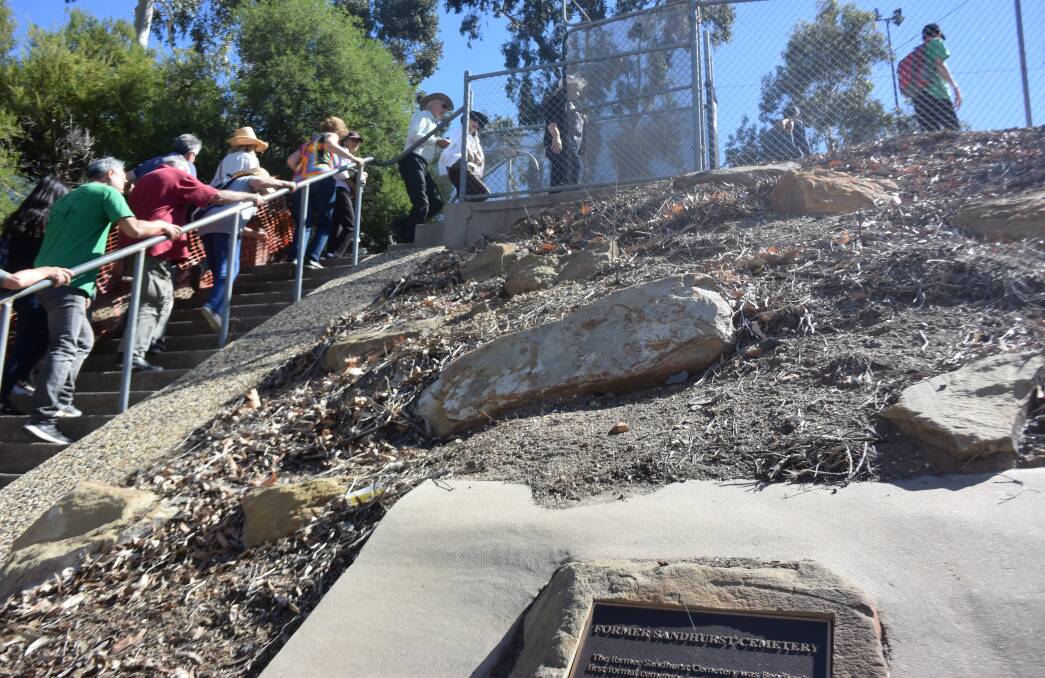
But over time, more and more fill was dumped on top of the site until it no longer resembled a cemetery. In the mid-20th century, a car park was built there.
The car park – at the rear of the museum – remains to this day.
Historical documents and living memory accounts point to the use of the old tombstones as pavers along the surrounding laneways.
The plaque is the only remaining sign of the old cemetery. It is difficult to find out who was once buried there.
Surviving tree gives life to the Chinese of years gone by
On Park Road there sits a relatively withered old tree – easy to miss, particularly with lines of market stalls set up for the Easter Festival.
But this pomelo tree has a rich history. It is over 100 years old.
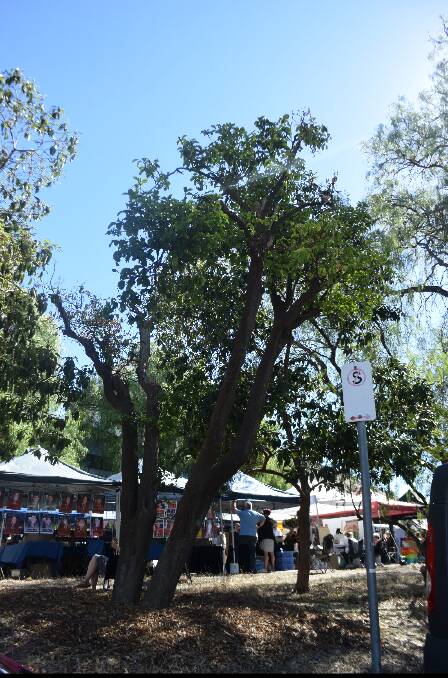
The fruit would be used in the water for the first bath of new Chinese babies in Bendigo.
It would also be splashed on imperial dragons as a blessing.
The pomelo tree was moved to its current location 28 years ago after a car park was built around it.
It has struggled in its new location, but it lives on.
Chinese temples once spoke of a diversity of Bendigo faiths
Bendigo was home to between 20 and 30 Chinese temples in the 19th century.
There were even Chinese language Churches of England.

Today, only the Joss House survives from that period.
Most were demolished to make way for factories. The Joss House was fortunate as it was positioned in the car park of the ordnance factory and was allowed to remain.
Others in North Bendigo, where the Chinese village once stood and where the Thales factory is today, were demolished over time or in the fire of 1911.
The temple in the Chinese gardens was built in the 1990s in the style of temples commonly found in Beijing.
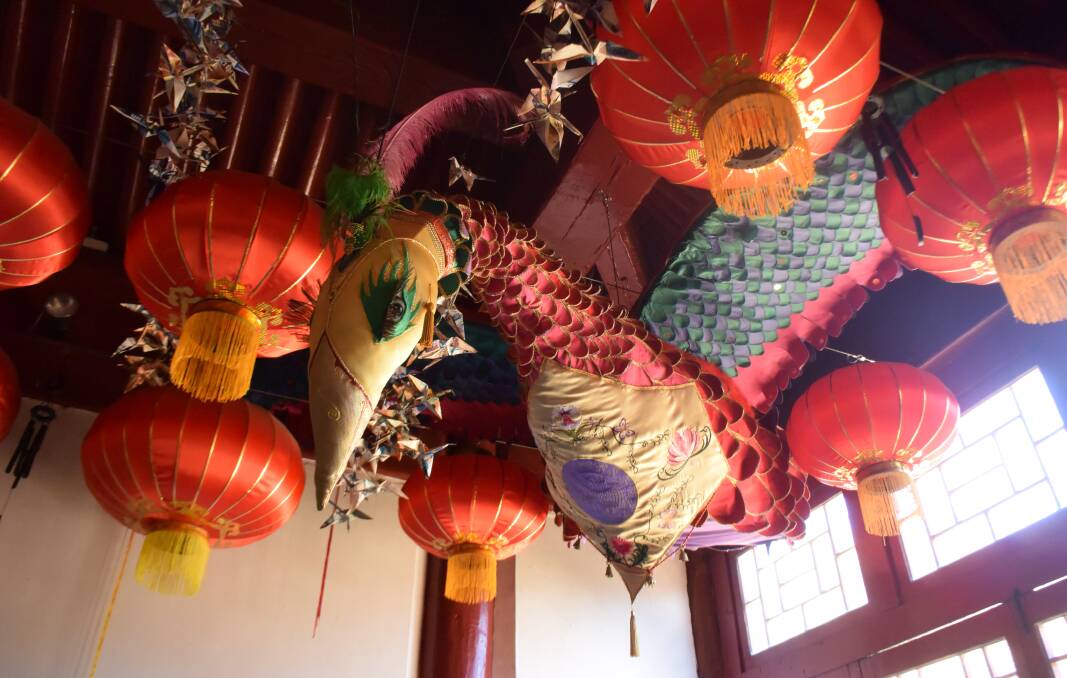
It is a living temple today – local Chinese residents regularly visit to light incense and place food and other offerings around the statue inside.
A phoenix keeps guard over the temple. Well, half a phoenix. It was once used in parades, but it was half made of real feathers which were eaten away by insects and it was retired to the temple.
James Lamsey leaves his mark
James Lamsey was a prominent Chinese community leader in Bendigo in the late 19th and early 20th centuries.
The herbalist was based in a small two-storey building on Farmer Lane.
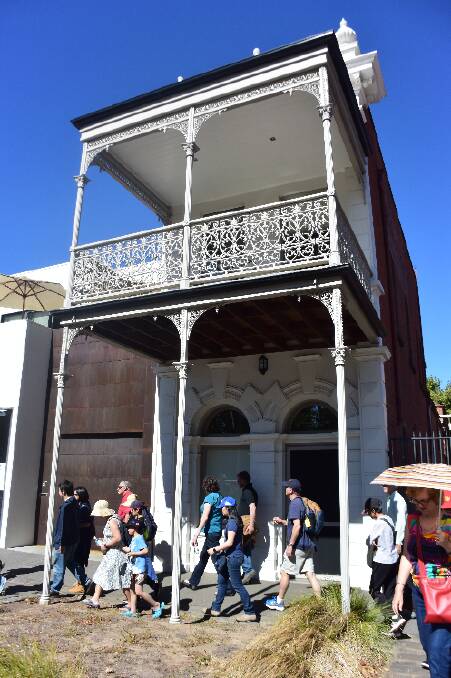
The building remains – although the veranda is not original. It too was demolished in the 1970s because it was seen as out-of-date.
A replica was later re-instated.
James Lamsey – a Westernised version of his Chinese name – lived in the Jubilee Villa on McCrae Street.
The villa is now a bed and breakfast and once had a statue lion as the centrepiece on the roof.


